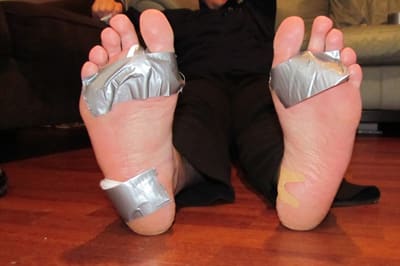Despite developments in the medical field, most tribal and rural areas are devoid of health-care facilities, especially treatment and surgical care of gynaecological issues, said Dr Rani Bang, the noted gynaecologist and co-founder of Gadchiroli-based NGO SEARCH. Having recently been honoured with the Padma Shri along with spouse Dr Abhay Bang for their contribution to health care, Dr Rani spoke to TOI on the current situation of women’s problems in rural areas.
In this chat, Dr Bang also discussed the lacuna facing the urban and rural areas, and the need for mass awareness of medical facilities. Experts from the
interview ...
Q. What are your views of the present state of health care?
A. Nagpur is best in providing clinical and surgical care for gynaecological problems. However, I'm worried that services that are available in Nagpur haven’t travelled to its periphery. Districts such as Chandrapur, Yavatmal, Wardha and Akola offer decent medical services but a district like Gadchiroli is void of any.
Q. What are some of the medical problems in tribal districts such as Gadchiroli?
A. Nurses in Gadchiroli are not trained to detect and treat gynaecological problems which are important and common for women. White discharge, menstrual problems, sexual issues such as reproductive tract infections etc can be easily diagnosed and treated at the primary health centre level. The nurses are supposed to take up cases of family planning program too. Sterilization can aggravate pre-existing gynaecological problems when a person goes for family planning program. So the program goes into disrepute. Women then link family planning program to their problem. Same is the case with tubectomy.
Q. What is the condition of hospitals in rural areas?
A. Even in the two rural hospitals in Gadchirolionly two gynaecologists are available, but there are no anaesthetists. Hence, gynaecological surgeries become difficult. The only place where women can avail surgical gynaecological care is the district hospital. But every woman is not in a position to go to the district hospital owing to issues such as transport, communication, lack of finances. They can avail medical services by making use of government's Mahatma Jyotiba Phule Jan Arogya Yojna, but for this, they are required to go out of the district. Tribal women feel alienated outside their district and culture.
Q. Is there any medical condition that needs attention?
A. Cervical cancer is on the rise in India. Even though it was prevalent in India, it is becoming more common. We also see that young women in the age group of 25-30 years, and even unmarried girls have cases of cervical cancer. Screening of cervical cancer with Pap smear is essential but it is not available in rural areas.
Q. What are some of the reasons for the present state of health care?
A. Most of the doctors in PHCs or in rural hospitals are not properly trained to investigate and treat infertility problem in both, men and women. Reproductive health should include care for gynaecological problems because the problems are not limited to only the child bearing age group. I had suggested in my survey that primary health care needs to be strengthened by training the nurses and doctors in providing gynaecological care. But it’s still at a preliminary level.
Q. Tribal people are considered to be superstitious. Can you tell about their behaviour with regard to women’s problems?
A. There are many misconceptions, not just in tribal areas but also in rural areas about what is normal. For example, normally the uterus is closed from above. However, people in rural areas feel that there is an opening in the upper part of the uterus. They feel that less menstrual flow is dangerous, and heavy flow is good. They feel that blood gets accumulated in the uterus and goes into abdomen and impinges on the heart, which is life threatening. There is also misconception regarding the colour of the menstrual blood. Normal colour is blackish but the tribal women feel that blackish colour is a result of witchcraft and might lead to infertility. Due to misconceptions, their first step is to approach a ‘pujari’ or a ‘vaidh’ or quack practitioners, who are unable to detect the problem as they don’t perform gynaecological examinations.
Q. What needs to be done to improve the present state of health care?
A. One needs to promote health education in these matters, through campaigns, especially in rural areas and tribal areas. The messages will be effective if they come from women doctors, as many rural and tribal women are still uncomfortable to go to a male doctor.















